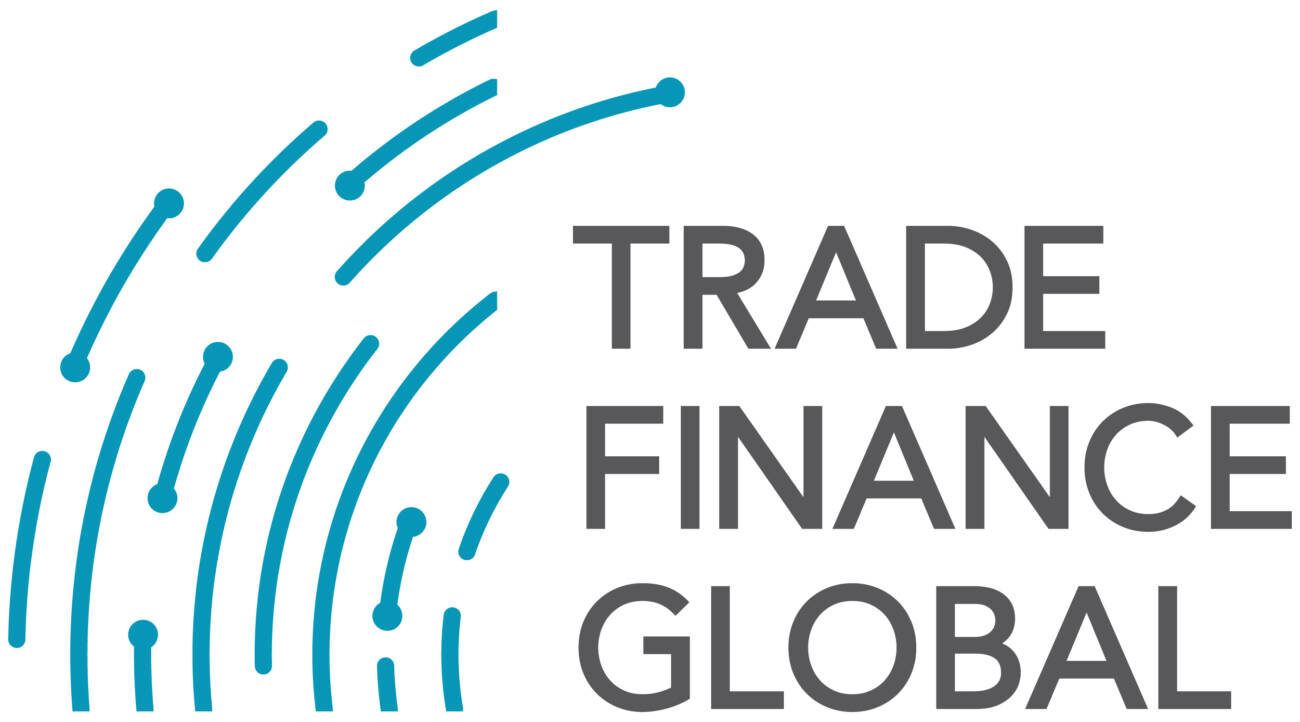[box]
In 2012, Asian Development Bank’s Trade Finance Program (TFP) commissioned a unique study, the first of its kind, to understand and quantify the unmet demand for trade finance, known as the global trade finance gap. Over the years, TFP has updated this study to quantify and inform policymakers and market participants about the main drivers for this persistent trade finance gap.
[/box]
The 2019 edition etitled “Trade Finance Gaps, Growth, and Jobs Survey,” was released on September 3. It revealed a stubbornly high $1.5 trillion global trade finance gap that is holding back efforts to deliver vital jobs and growth amid ongoing economic uncertainty around the world. Small and medium-sized enterprises (SMEs), often the major source of employment in many countries, face the biggest challenges in obtaining trade finance and companies led by women often face additional barriers.
The Trade Finance Gaps, Growth, and Jobs Survey is based on responses from banks, firms, and export credit agencies globally and is the world’s leading barometer of trade finance health. One of the key conclusions of the 2019 edition is that the trade finance gap continues to impede progress in achieving the Sustainable Development Goals (SDGs), especially targets pertaining to women’s economic empowerment, job creation, and inclusive growth.
Who suffers due to the Trade Finance Gap?
According to the report, 45% of trade finance applications by surveyed SMEs are rejected, compared to 39% for mid- and larger-sized firms and 17% for multinational corporations. The rejection rate for women entrepreneurs, meanwhile, is 44% compared to 38% for firms owned by men. Providing better access to trade financing for SMEs and businesswomen will not only narrow the gap but also empower them to contribute to inclusive growth and sustainable development.
Drivers of the Trade Finance Gap
More than three-quarters (76%) of the surveyed banks reported that anti-money laundering (AML) and know-your-customer (KYC) regulations are major obstacles to expanding their trade financing operations. While these regulations are crucial to ensure the global financial system is not used to fund terrorism or launder money, they can inadvertently cut off legitimate companies in less-developed markets from the financial support they need to grow.
This is already happening in emerging markets in Asia and Pacific, as well as in other regions, where banks frequently cite deteriorating correspondent banking relationships over recent years. To address this, TFP regularly conducts seminars and workshops on AML/CFT and prevention of trade-based money laundering to build capacity in the banking sector in countries where the TFP operates.
To unpick how barriers to trade finance develop and persist, the TFP launched in 2018 the Trade Finance Scorecard – Regulation and Market Feedback. This scorecard is a new too,l which can help to address market gaps stemming from the unintended consequences of global measures to fight money-laundering and terrorism. Creating, implementing, and complying with global measures to prevent financial illegal activity is challenging. The scorecard explains that while bankers can relatively easily determine that a large company isn’t involved in crime, getting the same assurances from small and medium-sized businesses and companies in developing countries can be difficult and costly, which leads to persistent trade finance gaps.
Will the Trade Finance Gap grow larger?
Around 60% of banks that responded to the 2019 survey expect the trade finance gap to increase over the next 2 years. Technologies such as blockchain and big data have the potential to narrow the gap, but their take-up is compromised by high cost and a lack of global standards for digital finance. The report recommends adoption by governments of common rules on digital trade and e-commerce to give firms and banks legal grounds to transact digitally. Legal Entity Identifiers would help address AML/KYC concerns by applying a unique electronic 20-digit identifier for legal entities participating in financial and commercial transactions.
TFP’s Track Record
The Trade Finance Program (TFP) helps ADB’s member countries to improve their trade finance capacity and reduce gaps that inhibit trade and growth. Backed by ADB’s AAA credit rating, the Trade Finance Program (TFP) provides guarantees and loans to over 200 partner banks to support trade, enabling more companies throughout Asia and the Pacific to engage in import and export activities. Since 2009, ADB’s TFP has supported more than 15,000 SMEs across developing Asia—through over 21,000 transactions valued at over $36 billion—in sectors ranging from commodities and capital goods, to medical supplies and consumer goods.
In 2018, TFP grew almost 40% to support $6.2 billion in trade through 4,470 transactions. TFP complements its financial support with knowledge products, including a study that quantifies market gaps for trade finance, initiatives to increase the role of women in banking, efforts to enhance environmental safeguards, and initiatives to fight crime through greater transparency in the global financial system. TFP also provides workshops and seminars to increase knowledge and expertise in matters related to finance, trade, risk management, and fraud prevention. For more information, visit the TFP website.

